A building practitioner is an individual who takes on the responsibility of performing or supervising building work on a class 2, class 3, or class 9c building, which may also include mixed-use buildings with a class 2, class 3, or class 9c component. In cases where multiple builders are involved, the building practitioner assumes the role of the principal contractor. It is essential that the building practitioner is registered and authorized to undertake this function for a regulated class of building. This ensures compliance with relevant regulations and standards in the construction industry.
Class 2 Building:
refer to Fair Trading website below.
- Class 2 buildings are usually multi-storey, multi-unit apartment buildings where people live above or below each other.
- Class 2 may also be a single storey attached dwelling where there is a common space below such as a carpark or basement.
Class 3 Building:
Class 3 buildings are residential buildings, other than a class 1 or 2 buildings, that are a common place for long term or transient living for a number of unrelated persons, such as:
- Boarding houses
- Hostel
- Backpackers accommodation
- Residential part of a hotel, motel, school or detention centre
- Dormitory style accommodation
- Care facilities for the elderly which are not considered class 9.
Class 9c:
Class 9c buildings are residential care buildings that may contain residents who have various care level needs. They are a place of residence where 10% or more of persons who reside there need physical assistance in conducting their daily activities and to evacuate the building during an emergency. An aged care building, where residents are provided with personal care services, is a Class 9c building.
For more information please visit, https://www.fairtrading.nsw.gov.au/news-and-updates/notices/changes-to-regulated-buildings-2023

